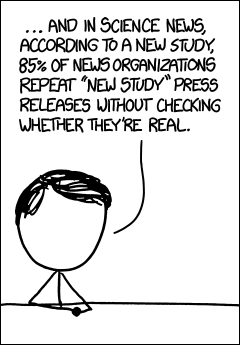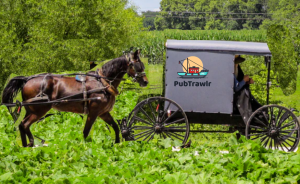
Journals! Twitter! Newspapers! Oh my! The month in community psychology
For a recent post on Suicide Research, we broadened our data horizon considerably. In addition to pulling in the academic research, we also looked at the discussion on Twitter and Reddit (r/SuicideWatch, in particular). So, for this month’s recap let’s take a much wider dive into what’s going on in the community psychology world.
First, though, let’s consider the why. So many good ideas don’t make it into academic journals. It takes a ton of effort to publish. I’m even kind of getting over it.
But, we shouldn’t just forget that there are ideas out there that never get bubbled up to the manuscript level. So many people are doing good things! Therefore, we have to get more creative in how we find and aggregate this work.
So, in addition to synthesizing 96 academic articles published in the last 31 days. I also pulled some specific data from Twitter and Google News. I found a few subreddits that might be applicable, but there were either defunct or just barren wastelands. If you happen to know of a good one (for this purpose), let us know.
Let’s dive in!
Academia
Like in previous posts, we pull all the abstracts from four community psychology-specific journals. If you’d want a more robust pull that jumps into adjacent journals like Milbank or JPHMP, well then, maybe you should talk to us about 101 Days of Science……
As is the norm in these visualizations, the network plot is more interesting as it shows lots of different topics and methods represented — generalized anxiety, youth mentorship, collective efficacy, CFAs, the works.
Topics
After running the LDA clustering algorithm, the topic most frequently represented was violence prevention (with a shade of qualitative research added in). There were also a lot of articles on recovery and homelessness, and our standby favorite, CBPR.

We’ve also been improving how we look at relationships between topics. This is a correlation network like before, only this time the negative correlations are in red, while the positive ones are in green. So, we can see that articles on violence prevention were “highly” related to the CBPR ones (around 0.25), but not related to the COVID-19 and anxiety ones.

Tweets
But that’s just the academic literature. And we all know that many community partners don’t get their news from academia, for all sorts of reasons. They get it from different sources. So, let’s take the most frequent topic from this month in the literature, violence prevention, and see what’s reflected in other online sources.
We start with tweets. I pulled everything with #violenceprevention and then ran some similar models on the tweet text. There’s a lot of chaff that gets caught up in this approach (like some URLs), but we can see some interesting trends. There are a few locations that come up in the discussion, like Texas, California, and Southwest Philly.

We then clustered the tweets to see what topics emerged. The first topic is about some specific program (Acclivius) in Chicago. The others aren’t as intuitive or distinct. So, some tweaking is needed.

The News
One source left, and it’s the big one–the news. I search for “violence prevention” using the quicknews package currently in development. One of the limitations is that it only pulls 100 articles, but there are some ways around that as we get more sophisticated.
We can see in the trend data that violence prevention has been a hot topic over the past month. Most of the reports come from The Trace, which is an online site dedicated to talking about gun violence. I had never heard of them before, and it seems like they do pretty good work. The other main site, 13WMAZ, is in Macon, GA.


Like above, I did the standard bag of words approach. As you might expect, a lot of words deal with policy and training components.
And we can cluster these news articles as well. This configuration is a little better than the tweets, and we can see the relationship between different types of articles.

What we’ll be working on in the coming months is how to put all this information together to get a cohesive story of any issue or topic of the day. One challenge is lag time. Academic articles take a while to get out; tweets are instantenous. The sequence will probably go tweet –> news –> journal article, though we know of certain scientific articles sparking social media discussion. Check our r/science for the good stuff.
Digging in deeper
And we’re still trying to improve the scientific synthesis process. Check out PubTrawlr to get the latest in trends and topics. We know you’ve got precious little time. PubTrawlr maximizes what you have.










